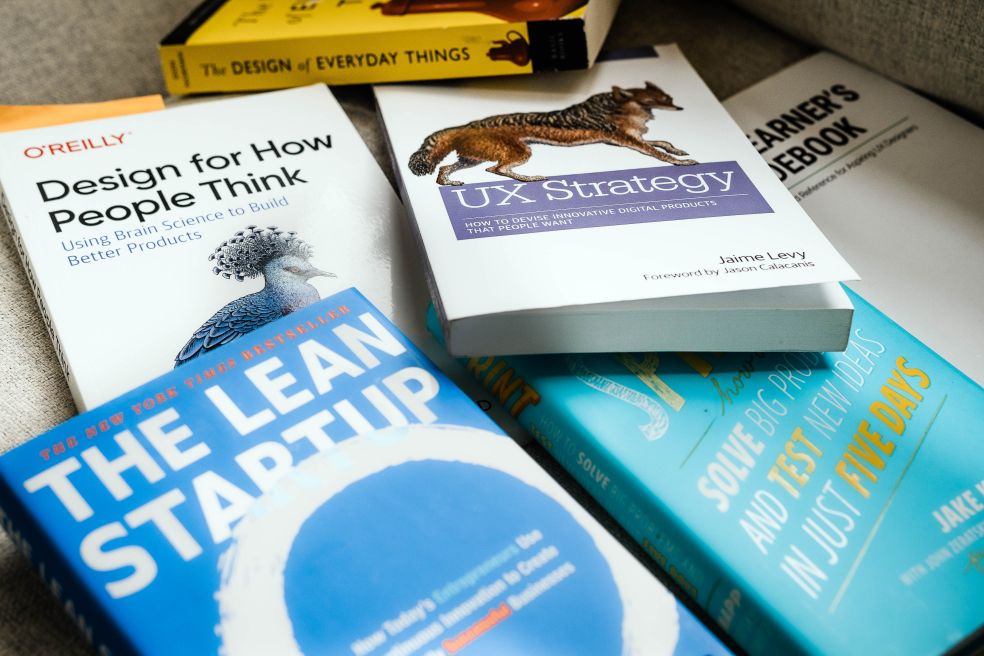Hypothesis-driven design is a methodology that is used to solve complex problems by breaking them down into smaller, more manageable parts. It is a systematic and data-driven approach that involves creating and testing hypotheses in order to gain insights, validate assumptions, and make decisions.
The process of hypothesis-driven design typically involves the following steps:
- Defining the problem: The first step is to clearly define the problem that needs to be solved. This involves identifying the goals, objectives, and constraints of the problem.
- Formulating hypotheses: Once the problem has been defined, the next step is to generate hypotheses about what might be causing the problem, and how it might be solved. These hypotheses should be specific, testable, and falsifiable.
- Testing hypotheses: The next step is to test the hypotheses by collecting and analyzing data. This might involve conducting experiments, surveys, or user testing, or analyzing existing data.
- Analyzing data: Once data has been collected, it is analyzed in order to determine whether the hypotheses are supported or disproved. This might involve using statistical techniques, machine learning, or other methods to analyze the data.
- Iterating: Based on the results of the data analysis, the process may be iterated. If the hypotheses are disproved, new hypotheses may be formulated and tested, or the problem may be redefined. If the hypotheses are supported, the solution can be further refined and optimized.
- Implementing the solution: Once a solution has been identified, it is implemented and validated through further testing and analysis.
Hypothesis-driven design is particularly useful when working on complex, uncertain, or rapidly changing problems, as it allows teams to quickly test and validate assumptions, and to iterate and adapt as new information becomes available. It can be applied in a wide range of fields, including product design, user experience, business strategy, and scientific research.

Origins of Hypothesis Driven Design
Hypothesis-driven design is rooted in the scientific method, which is a process used in scientific research to identify and test hypotheses. The scientific method is a systematic and logical approach that is used to identify and test hypotheses in order to gain insights, validate assumptions, and make decisions. The origins of the scientific method can be traced back to ancient Greece, where philosophers such as Aristotle and Plato developed methods for observing and making sense of natural phenomena.
In modern times, the scientific method has been adopted and adapted in many fields, including product design, user experience, business strategy, and scientific research. The origins of hypothesis-driven design specifically can be traced to the field of product design and user experience, where it has been used as a methodology for solving complex design problems.
In the field of product design, a methodology similar to hypothesis-driven design was developed in the 1980s and 1990s, when companies such as IDEO, frog design and others started to use a human-centered design process which involves understanding and solving problems from the user’s perspective. This methodology was further developed and refined in the 2000s and 2010s, when the term “hypothesis-driven design” began to be used to describe a systematic, data-driven approach to solving complex design problems.
Hypothesis-driven design has been popularized by various individuals and organizations in the field of product design, user experience, and business strategy. The methodology has been adopted and adapted by many companies and practitioners in these fields, and it is now widely used as a way to solve complex problems.
In the field of product design, the aforementioned IDEO and frog design were two of the early pioneers of the human-centered design process, who popularized the use of a methodology similar to hypothesis-driven design in the 1980s and 1990s.
In the field of user experience, user-centered design methodologies have been popularized by people like Don Norman, a cognitive scientist, who is known for his book “The Design of Everyday Things” which talks about how good design makes products usable and understandable.

In the field of business strategy, organizations such as the Lean Startup movement popularized the use of hypothesis-driven design as a way to validate assumptions and test ideas quickly and cheaply before investing heavily in development. Eric Ries, who wrote the book “The Lean Startup” emphasizes the importance of rapid experimentation and learning as a way to build successful businesses.
The future of Hypothesis Driven Design
The future of hypothesis-driven design is likely to be influenced by advances in technology and data science, as well as changes in the way that businesses operate. Here are a few potential trends and developments in this area:
- Increased use of AI and machine learning: As the capabilities of AI and machine learning continue to evolve, it is likely that these technologies will play an increasingly important role in hypothesis-driven design. AI and machine learning can be used to automate data collection and analysis, which will help teams to more quickly and efficiently test and validate hypotheses.
- Greater emphasis on real-time data: The future of hypothesis-driven design may involve a greater emphasis on real-time data, which can be used to more quickly identify and respond to changes in customer behavior and preferences. This will require businesses to have the ability to collect and analyze data in real-time, using tools such as streaming analytics and event-driven architectures.
- Greater use of virtual and augmented reality: Virtual and augmented reality technologies are becoming more advanced and accessible, and they may be used to create more immersive and realistic testing environments for hypotheses. This will enable teams to more effectively test and validate hypotheses in a way that more closely mimics real-world scenarios.
- Greater emphasis on customer-centricity: As companies are becoming more customer-centric, hypothesis-driven design will play a crucial role in understanding and solving customer problems. This will involve an increased focus on understanding customer needs, behaviors, and preferences, which will help teams to generate more effective hypotheses and solutions.
- Greater use of experimentation platforms: Companies may also use experimentation platforms, which are used to test hypotheses by running experiments at scale, such as A/B tests or multivariate tests. This will allow teams to test hypotheses on a larger sample size, which will provide more reliable results.

In summary, the future of hypothesis-driven design is likely to be influenced by advances in technology and data science, as well as changes in the way that businesses operate, with an emphasis on AI, real-time data, virtual and augmented reality, customer-centricity, and experimentation platforms. These will help to make the process of hypothesis-driven design more efficient, accurate and effective.





